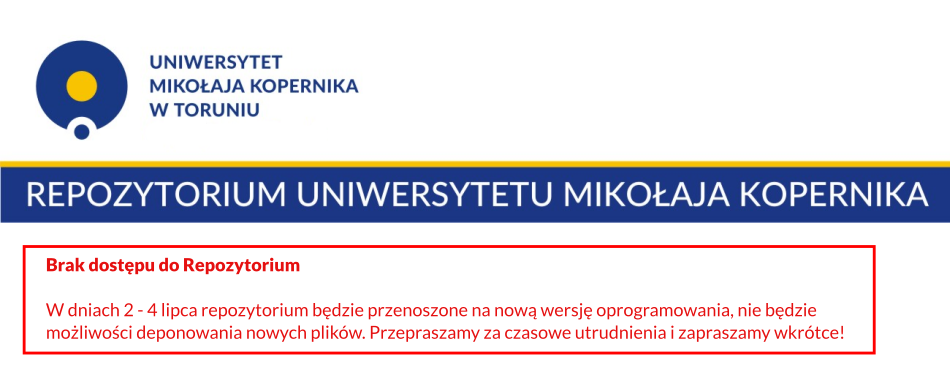| dc.contributor.author |
Ingle, Pramod |
| dc.contributor.author |
Rai, Mahendra |
| dc.contributor.author |
Golinska, Patrycja |
| dc.contributor.author |
Gade, Aniket |
| dc.date.accessioned |
2025-04-08T09:25:18Z |
| dc.date.available |
2025-04-08T09:25:18Z |
| dc.date.issued |
2024-05-17 |
| dc.identifier.citation |
Biocatalysis and Agricultural Biotechnology 58 (2024) 103229 |
| dc.identifier.other |
https://doi.org/10.1016/j.bcab.2024.103229 |
| dc.identifier.uri |
http://repozytorium.umk.pl/handle/item/7190 |
| dc.description.abstract |
Diseases management has been the greatest challenge to agriculture leading to huge crop failure, represented in low-profit production. Phytopathogenic fungi are among pathogens causing a variety of agricultural diseases. Various nanoparticles (NPs) have previously been employed to combat phytopathogenic fungi. Post-harvest deterioration due to fungal invasion is the most imperative cause of loss of ginger (Zingiber officinale) production. In the present study, four fungal pathogens isolated from soft-rot infected ginger were identified as Pythium spp. (isolate I and II), one Fusarium sp. (isolate III) and one Aspergillus sp. (isolate IV). Moringa oleifera mediated zinc oxide (ZnONPs) and sulfur nanoparticles (SNPs) were characterized by UV–Visible spectrophotometry and showed absorption maxima at 356 nm and 295 nm. Average size of NPs under Nanoparticle Tracking Analyzer was 78 nm and 26 nm respectively, confirmed by FESEM. Stable NPs with zeta potential of −14.1 mV (Standard deviation = 4.51 mV) and −21.1 mV (Standard deviation = 9.56 mV) were synthesized. FTIR detected the presence of various functional groups in NPs. In vitro antifungal activity was assessed by Kirby-Bauer disc diffusion assay and MIC values compared to antibiotic ketoconazole and fungicide mancozeb. Time kill assay represented the minimum time required by selected NPs to inhibit the growth of test pathogenic fungi. ZnONPs and SNPs can be used for further antifungal studies in the field as novel nanofungicides. Extrapolated and uncontrolled use can lead to the inhibition of germination, reduction in photosynthesis rate, and disruption of the plant roots. Thorough small-scale experimentation is necessary before commercialization. |
| dc.description.sponsorship |
Project No. UMO-2022/45/P/NZ9/01571 co-funded by the National Science Centre and the European Union Framework Programme for Research and Innovation Horizon 2020 under the Maria Skłodowska-Curie grant agreement No. 945339. |
| dc.language.iso |
eng |
| dc.publisher |
Elsevier |
| dc.rights |
Attribution 4.0 Poland |
| dc.rights.uri |
https://creativecommons.org/licenses/by/4.0/deed.pl |
| dc.subject |
Nanofungicide |
| dc.subject |
Pythium |
| dc.subject |
Minimum inhibitory concentration |
| dc.subject |
Zone of Inhibition |
| dc.subject |
Aspergillus |
| dc.title |
Phytomediated zinc oxide and sulfur nanoparticles for management of soft-rot causing pathogenic fungi in ginger |
| dc.type |
info:eu-repo/semantics/article |


